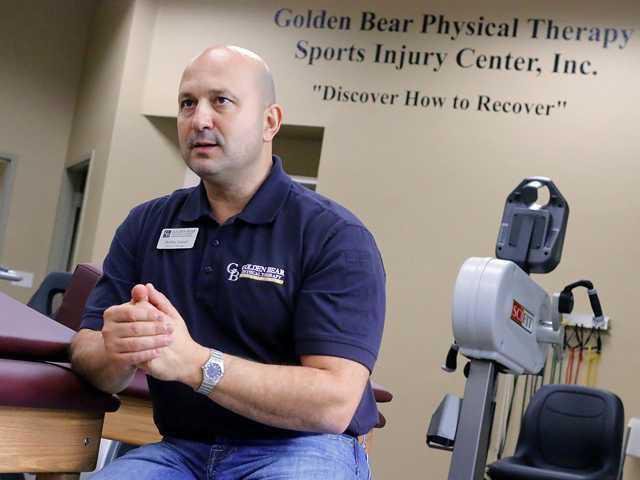Opioid analgesics are essential and irreplaceable drugs in the treatment and control of pain. On the other hand, we should not forget that pain control is also an internationally recognized human right.
However, the fear and rejection of the use of opioids as a consequence of the epidemic situation experienced in the United States have led to the undertreatment of patients, as stated by Meyers and Quenzer in their book on psychopharmacology, where they state that an unfounded fear of addiction has deprived many patients of receiving adequate pain relief. The treatment of pain is the responsibility of several healthcare professionals, with primary care physicians being the ones who most prescribe these drugs, either by their own decision or following a prescription from a specialist.
Furthermore, the incidence and prevalence of pain are expected to continue to grow in the coming years, mainly due to the increased survival of patients suffering from oncologic and non-oncologic pathologies. In this environment, it is essential to provide guidelines for the correct use of opioid drugs by prescribers and dispensers.
With this objective in mind, these clinical recommendations on how to make good medical use of opioid drugs to treat chronic non-oncologic pain (persistent or recurrent) lasting more than 3 months are presented. These recommendations offer specific guidelines for the selection of the patient eligible for opioid treatment, as well as for the initiation, follow-up, monitoring, or discontinuation of treatment.

In addition, recommendations are established on the responsibilities and resources that affect physicians, pharmacists, and patients. Finally, points for improvement are provided that should be implemented in relation to the management of opioid drugs at the level of health systems in order to strengthen the systems for measuring prescriptions and adverse events, optimize dispensing with the use of new technologies, advance in multidisciplinary coordination, and establish quick and simple means for communicating clinical recommendations such as the one presented here to all those involved.
As a special warning, it should be emphasized that the intention of this document is not to contradict any other guide or protocol established at the level of scientific societies or institutions, but to serve as a guide and aid in day-to-day clinical practice, incorporating the recommendations that we consider most appropriate to the current clinical reality with the aim of guiding prescribing physicians and pharmacists towards the good medical use of opioid drugs.
It is important to note that opioids are not the only form of pain management available. Other non-pharmacological options should also be considered, such as physical therapy, cognitive-behavioral therapy, and acupuncture. In fact, a multimodal approach to pain management is often recommended from this website, as it can help reduce the reliance on opioids and improve overall pain control.
In addition, it is important for healthcare professionals to assess the risks and benefits of prescribing opioids on a case-by-case basis. Patients should be fully informed about the potential risks and side effects of opioid use, as well as the alternatives available. Healthcare providers should also be aware of the potential for opioid misuse, dependence, and addiction, and take appropriate measures to prevent and monitor these outcomes. By taking a comprehensive and individualized approach to pain management, healthcare professionals can help ensure that patients receive safe, effective, and appropriate treatment for their pain.













